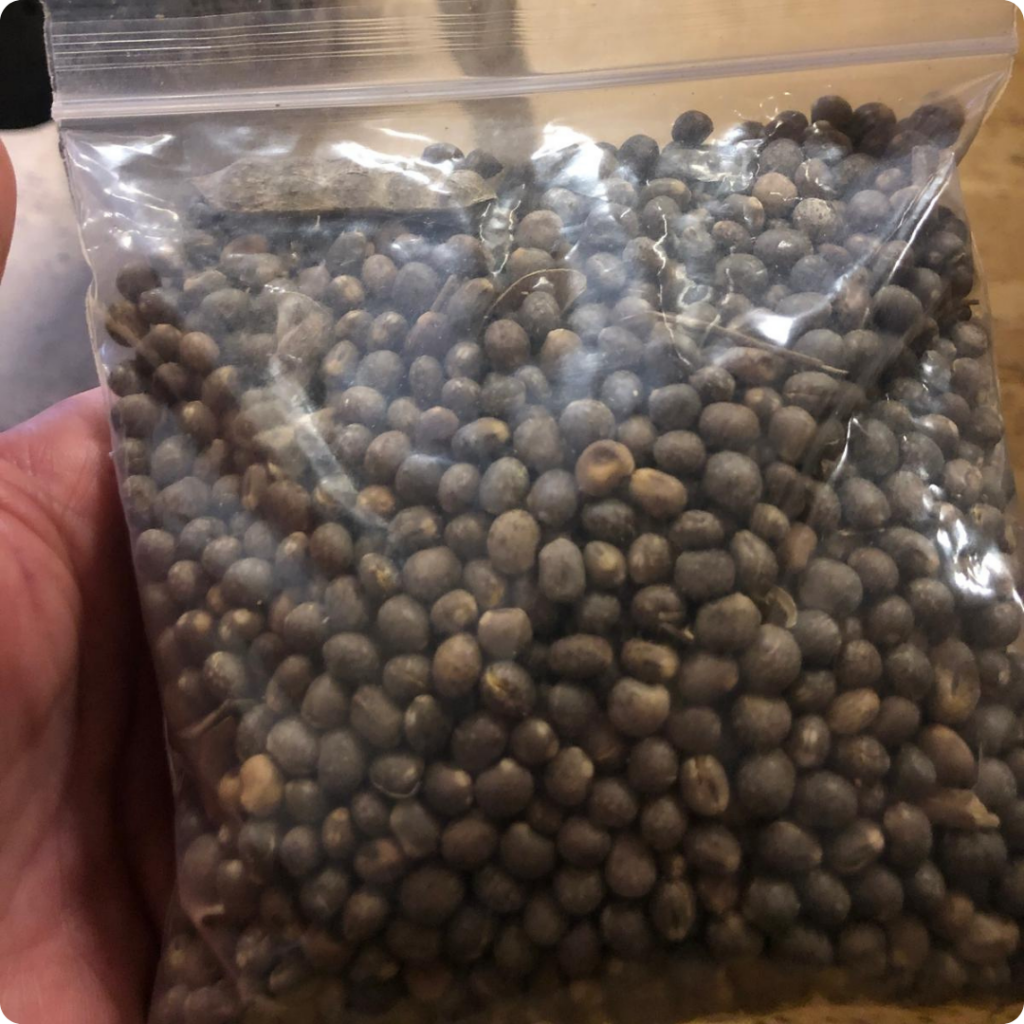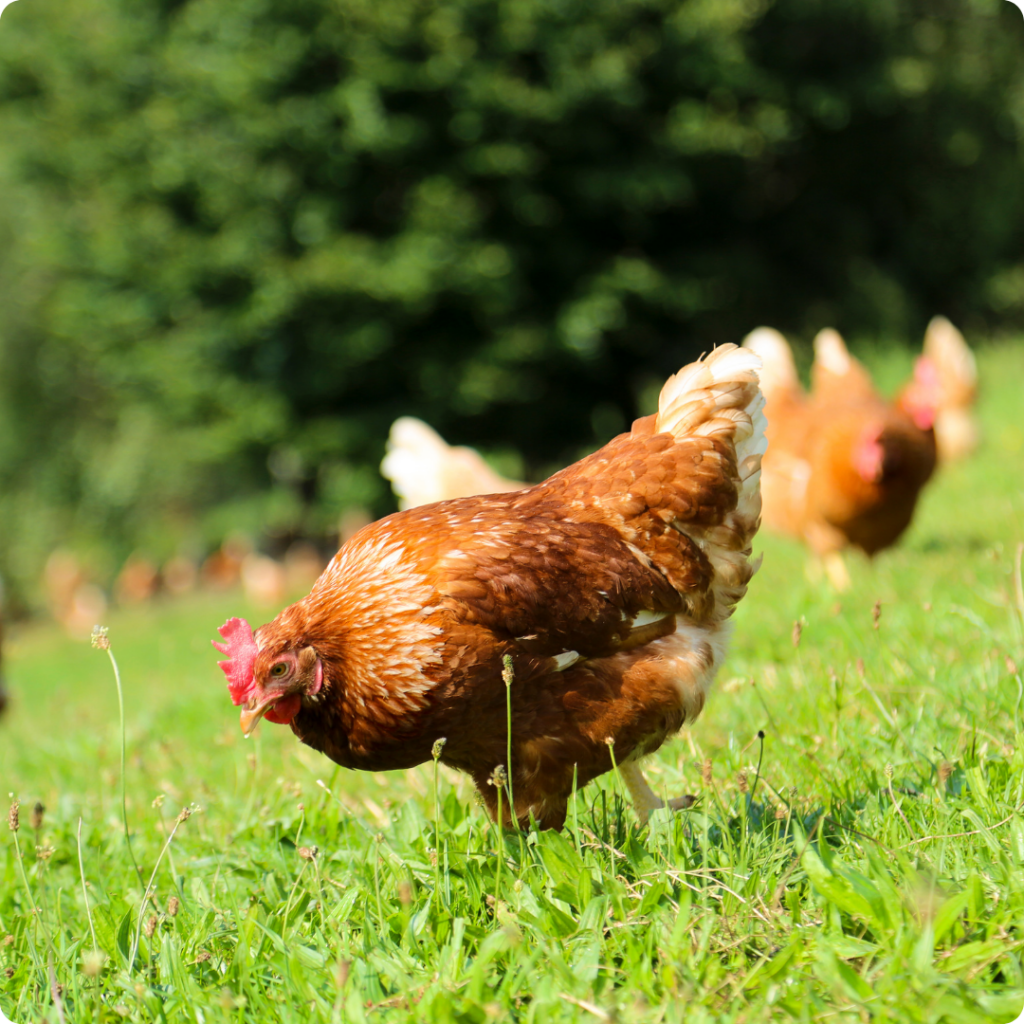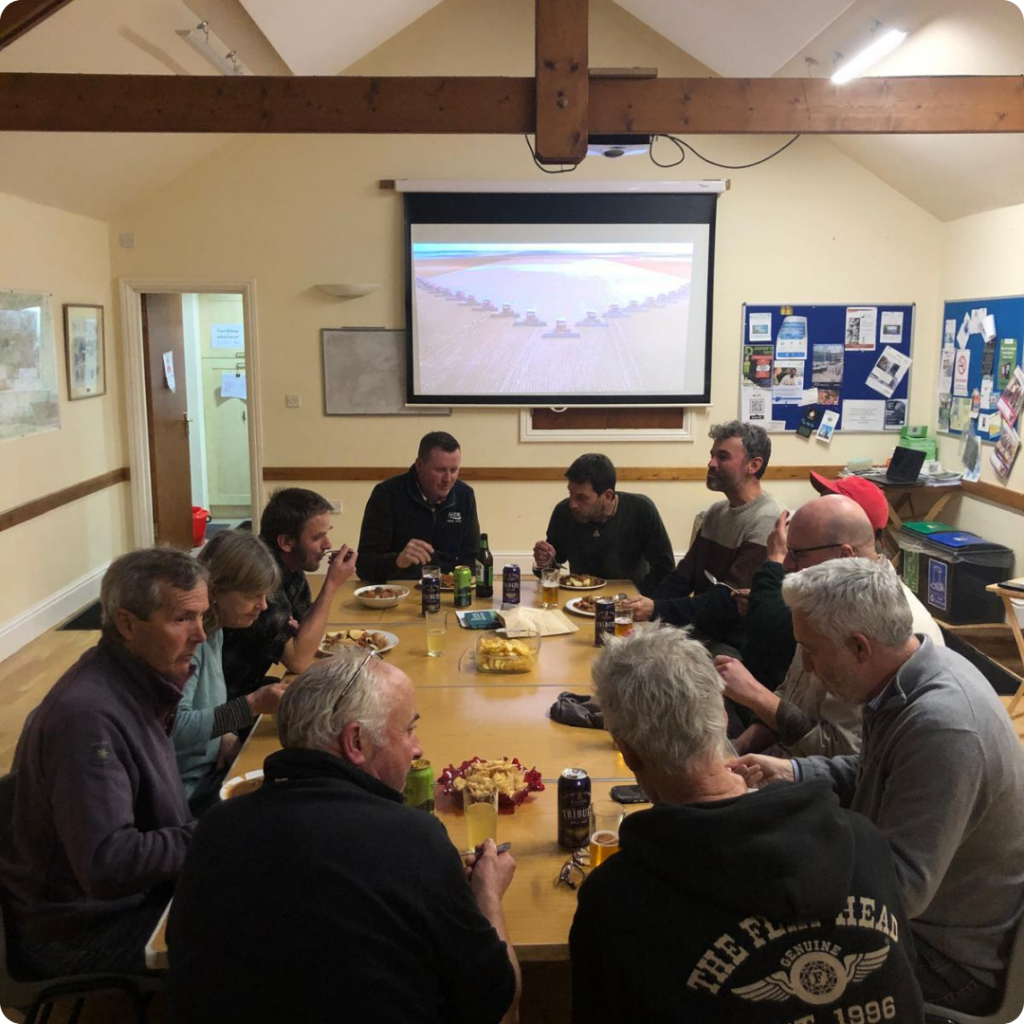
Landscape charity looking for a new leader
Cornwall National Landscape Trust are looking for a new Chairperson to lead the charity which supports the protected landscape in Cornwall. The Trust are looking for a Chair that possesses...
James Richards

Case study written by:
Steffen Boehm, University of Exeter, Penryn Campus, Cornwall
Becky Willson, Farm Carbon Toolkit, Cornwall
Pete Olds, Cornhill Farm, Camborne, Cornwall
In the rolling hills of Cornwall, Pete, an egg farmer at Cornhill Farm, is pioneering an alternative approach to poultry feed. Like many farmers, he faces rising costs and growing pressure to reduce his farm’s environmental impact. Instead of relying on imported soya – a key contributor to global deforestation and high-carbon supply chains – Pete has teamed up with a neighbouring farmer to grow lupins as a sustainable, homegrown feed alternative.

Pete’s strategy doesn’t take land out of food production. Instead, he grows lupins in a field that needed resting, improving both soil health and productivity. Lupins are nitrogen-fixing legumes, meaning they naturally enrich the soil, reducing the need for synthetic fertilisers. Their deep root systems prevent soil erosion, enhance water retention, and support biodiversity. Additionally, they serve as a cover crop for his neighbour, helping both farms remain productive while reducing external inputs.
Cornhill Farm’s reliance on soya meal once accounted for 83% of its livestock-related emissions and 35% of its total carbon footprint. By cultivating 25 acres of lupins, Pete has managed to cut soya use by 50%, significantly reducing the farm’s Scope 3 emissions – those generated by imported goods.
According to calculations from the Farm Carbon Toolkit, this switch has led to a 159.84-tonne reduction in CO2 emissions. While fuel use per hectare has increased slightly due to field operations, the overall carbon footprint from livestock has dropped by 162.66 tonnes CO2. Furthermore, the below-ground sequestration effects of lupins have captured an additional 12.6 tonnes of CO2, reinforcing the role of regenerative farming in climate mitigation.
Once harvested, Pete processes the lupin seeds into a high-protein, amino acid-rich poultry feed. Studies confirm that lupins can replace a significant portion of soya in poultry diets without compromising egg quality or hen welfare. By growing his own feed, Pete not only enhances his farm’s self-sufficiency but also reduces dependency on volatile global commodity markets.

Cornhill Farm’s move to lupins exemplifies how British farmers can break free from carbon-intensive supply chains while improving soil health and economic resilience. Lupins have been grown in the UK since Roman times, yet they are only now being recognised for their potential to transform modern livestock farming. As food supply chains face increasing scrutiny, Pete’s approach demonstrates that cutting emissions and boosting productivity can go hand in hand.
With soya-based feed under pressure from both climate and economic concerns, perhaps it’s time more farmers asked: why import protein from thousands of miles away when we can grow our own?

Pete has been participating in a farmer network, working with other farmers and representatives from across the agricultural sector to explore Cornish alternatives to soya. The network has been supported by the Cornwall National Landscapes Farming in Protected Landscapes programme, and they are now exploring how to scale up these alternatives. If you would like to join the conversation and explore future activities and funding opportunities, please contact: fipl@cornwall-aonb.gov.uk
On 27 March, 4.30 – 8 PM, there is a free event to find out more about what Pete and other farmers are doing to save costs and reduce their emissions. Register here for free: https://www.eventbrite.co.uk/e/cornish-farming-feast-tickets-1258032161059. Delicious Cornish food will be served.
